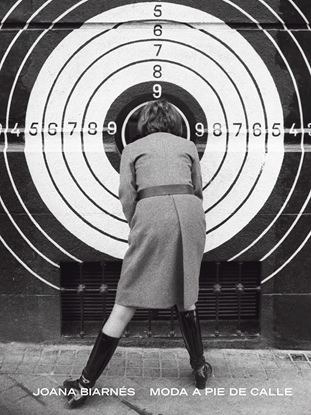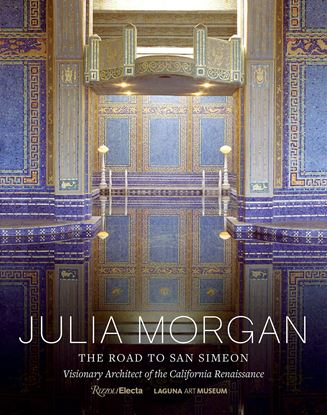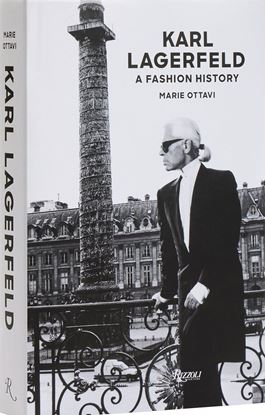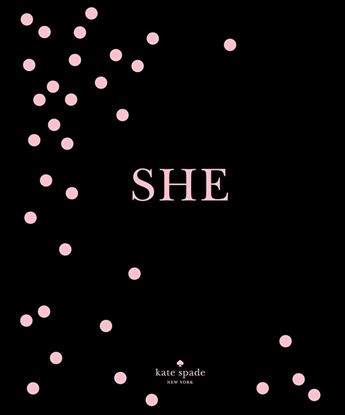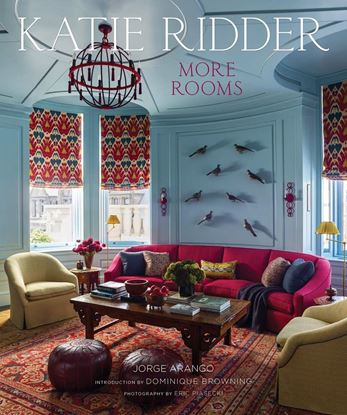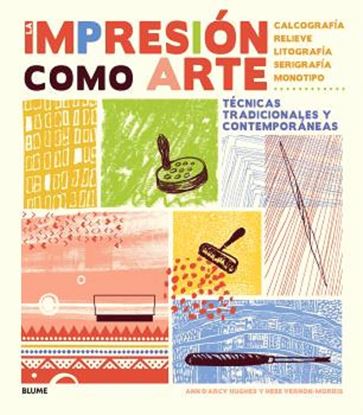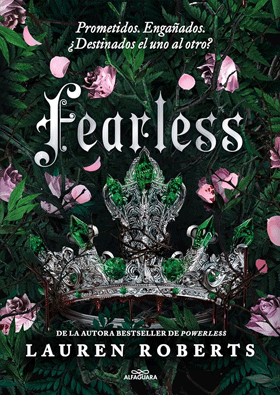

JOANA BIARNES. MODA A PIE DE CALLE
Los reportajes de moda que realizó Joana Biarnés, la primera fotoperiodista española, que muestran la evolución de la moda y de la sociedad en una época de cambios trascendentales, desde el final de la década de 1950 hasta principios de la de 1970.
Pionera en la fotografía de moda, contó con la colaboración destacada de la periodista Rosana Ferrero. Joana se ocupaba del estilismo, de elegir a las modelos y las temáticas de muchos de sus reportajes y editoriales, y consiguió a menudo marcar tendencia. De esta forma, se convirtió en la cronista regular y sistemática de la evolución radical que se produjo en la indumentaria, del clasicismo de la alta costura a la informalidad del prêt-à-porter.
Biarnés trató la moda con la misma proximidad y sinceridad con que abordaba el resto de los temas que documentaba. En un ámbito dado a la fantasía y la sofisticación, Joana situó a menudo las modelos en la calle, con naturalidad, sin buscar escenarios fastuosos o extravagantes y captó como nadie en cada imagen la esencia de su tiempo.
1,250
1,063
JULIA MORGAN
Julia Morgan was truly a pioneer of her time—among other accomplishments, she was the first woman architect to be licensed in California, in 1904. Through her remarkable life and legacy, this book celebrates the Beaux-Arts architecture of California. Focusing on Morgan’s most famous project in the state, Hearst Castle, to which she devoted more than 30 years of her life, this volume also examines, for the first time, Morgan’s fabulous early buildings in the style. Morgan designed more than 700 buildings across California, many of which are designated landmarks today. Deepening the reader’s understanding of California archi-tecture, this book also places into context Morgan’s ambitions, her influences and inspirations, as well as her daily practice and challenges as a woman shaping an extraordinarily prolific and highly successful career in a man’s world.
To better understand the Beaux-Arts training Morgan underwent in Paris, the reader is taken through the challenging, highly arduous Ecole des Beaux-Arts curriculum, which Morgan completed, a lone woman among men. Also explored, in detail, is the story of how the studio and kilns of California Faience, a Berkeley ceramic artisan’s shop, became the supplier of tens of thousands of tiles designed by Morgan and overseen by Hearst himself to decorate their architectural master-piece overlooking the Pacific Ocean.
2,995
2,546
KARL LAGERFELD. A FASHION HISTORY
Ottavi enjoyed a rare degree of open and candid access to Lagerfeld in his later years, and this biography offers an unparalleled look into the iconic designer’s complex personality and wide-ranging creativity. Lagerfeld himself wanted this to be a frank, honest, serious account that would be an invaluable resource for fashion lovers and admirers of his incomparable legacy. Unlike other recent books, this intimate portrait deftly reveals his true inner nature in his own words.
3,200
2,720
KATE SPADE NEW YORK: SHE MUSES
This “must-have tome . . . which pays homage to trailblazers as varied as Gloria Steinem and Dolly Parton” (ELLE) invites readers into a way of living that is singularly joyous, distinctly feminine, and wildly interesting.
The most exciting and vibrant women in America are the ones who stand out from the crowd. SHE pays tribute to:
Revered activists like Gloria Steinem and Shirley Chisholm
Classic fictional characters like Mary Richards and Carrie Bradshaw
Treasured icons like Marilyn Monroe and Nina Simone
Contemporary firebirds like Chimamanda Ngozi Adichie and Dolly Parton
With rich photography, spirited quotes and profiles, amusing anecdotes, words of wisdom, personal essays, and signature kate spade new york “she” statements, every page of SHE will inspire you to live your own interesting life to the fullest, every single day.
2,995
2,546
KATIE RIDDER MORE ROOMS
Bold combinations of primary and secondary colors; exquisitely crafted trims, embroidery, lampshades, and countless accessories (all designed by Ridder); imaginative room surfaces from silver leaf to custom stenciling. These are but a few of the signature elements of a Katie Ridder interior. Katie Ridder: More Rooms explores Ridder’s unique aesthetic room by room to underscore the astounding breadth and depth of her decorating ingenuity. The illuminating text details Ridder’s singularly creative approach to the essential elements of each room, including furniture plan, color, lighting, finishes, pattern, layering, and scale. Illustrated with specially commissioned photographs by Eric Piasecki and featuring an introduction by longtime editor in chief of House & Garden Dominique Browning, Katie Ridder: More Rooms provides endless inspiration for design aficionados.
4,800
4,080
LA IMPRESION COMO ARTE
Este libro pretende ser tanto una fuente de aliento como una exploración de la vida y la obra de los artistas que sienten fascinación por el proceso de la impresión artística y por el desarrollo de sus imágenes personales a través de la creación de impresiones originales. Los testimonios de destacados artistas invitan a explorar infinitas posibilidades de los diversos métodos de trabajo. Los capítulos se distribuyen según las distintas técnicas de impresión. A las completas explicaciones de cada uno de los medios les sigue un detallado análisis de los métodos disponibles, ilustrados con fotos paso a paso. Al final se incluye una completa sección de información útil con una lista de proveedores, talleres y estudios.
1,995
1,696

